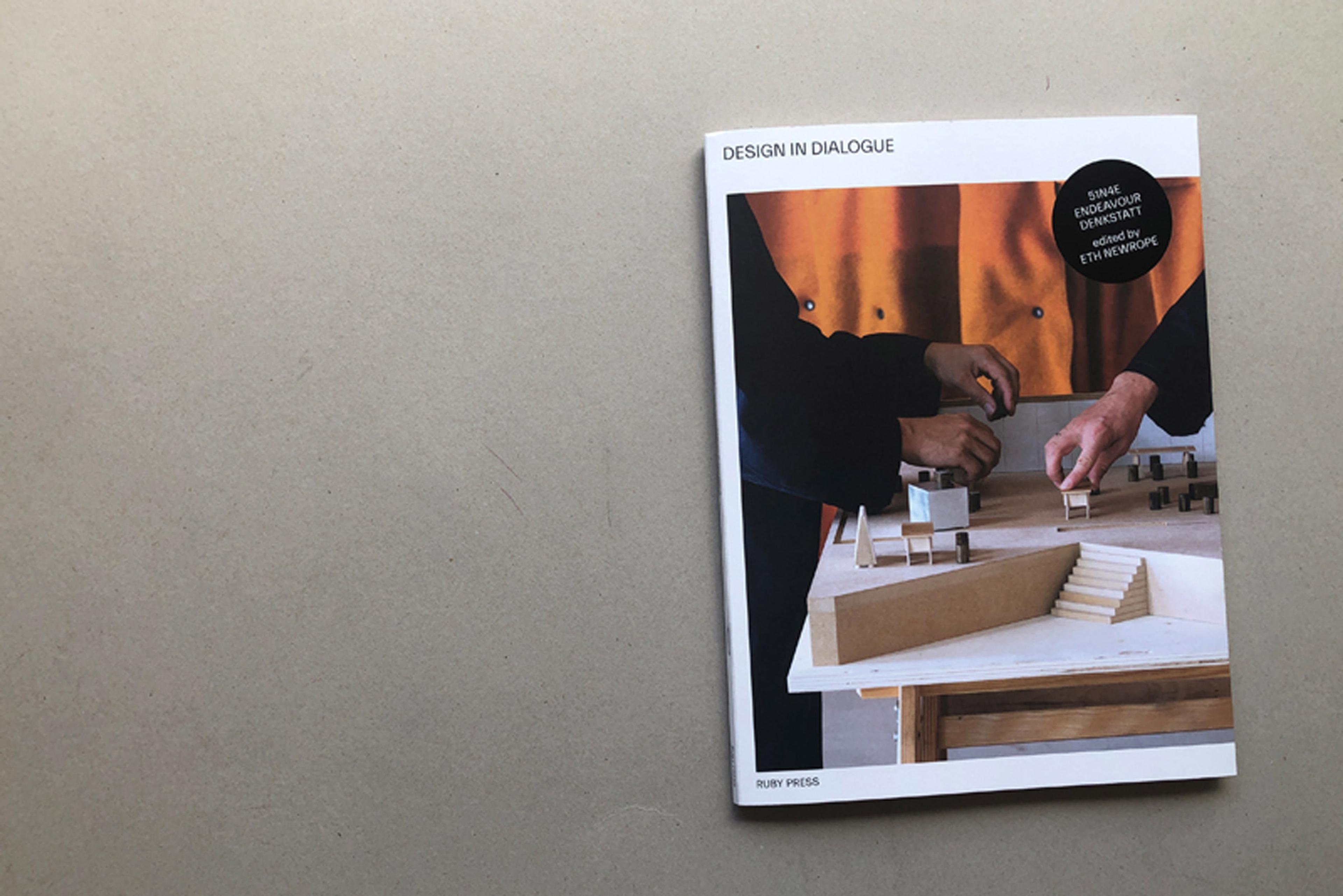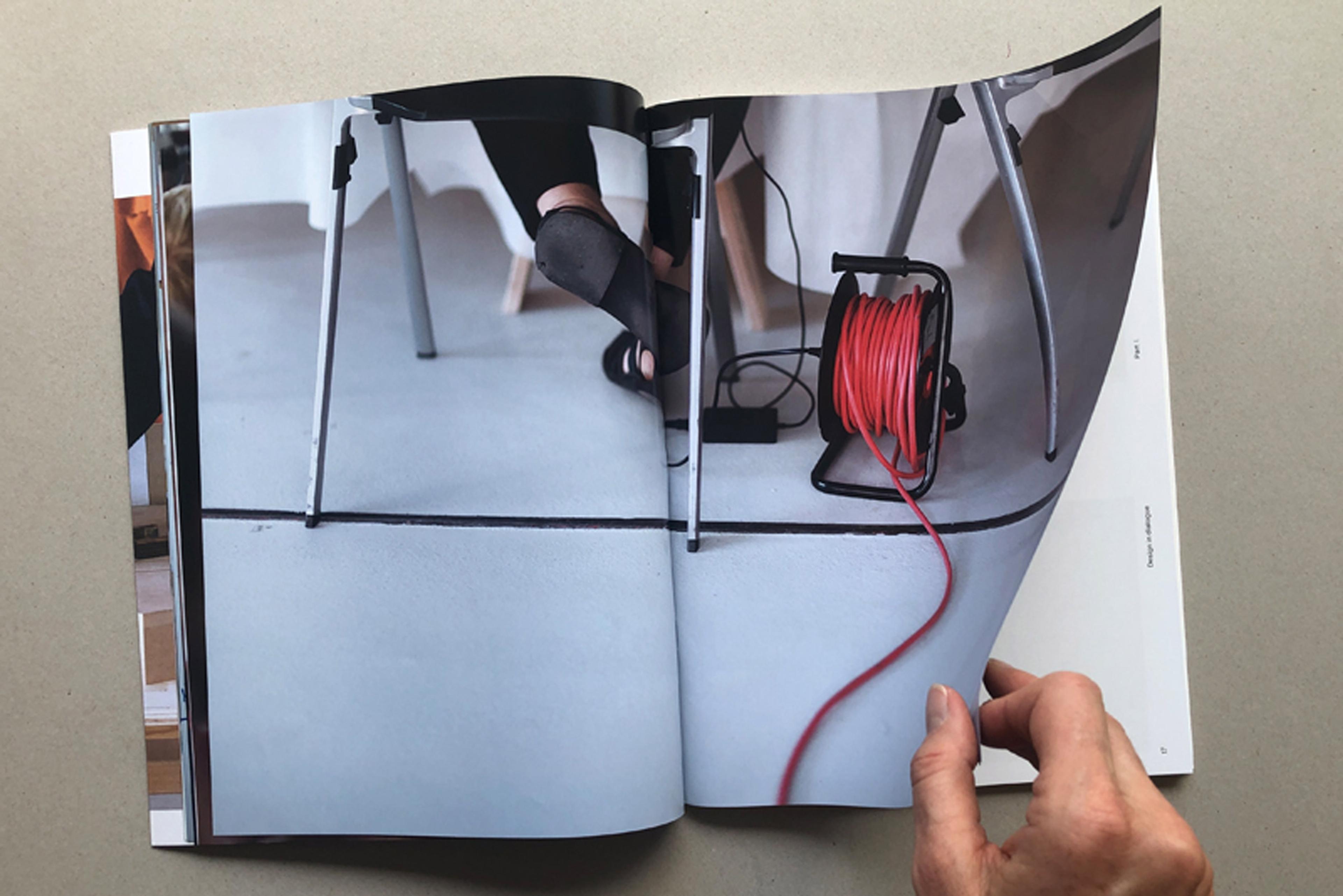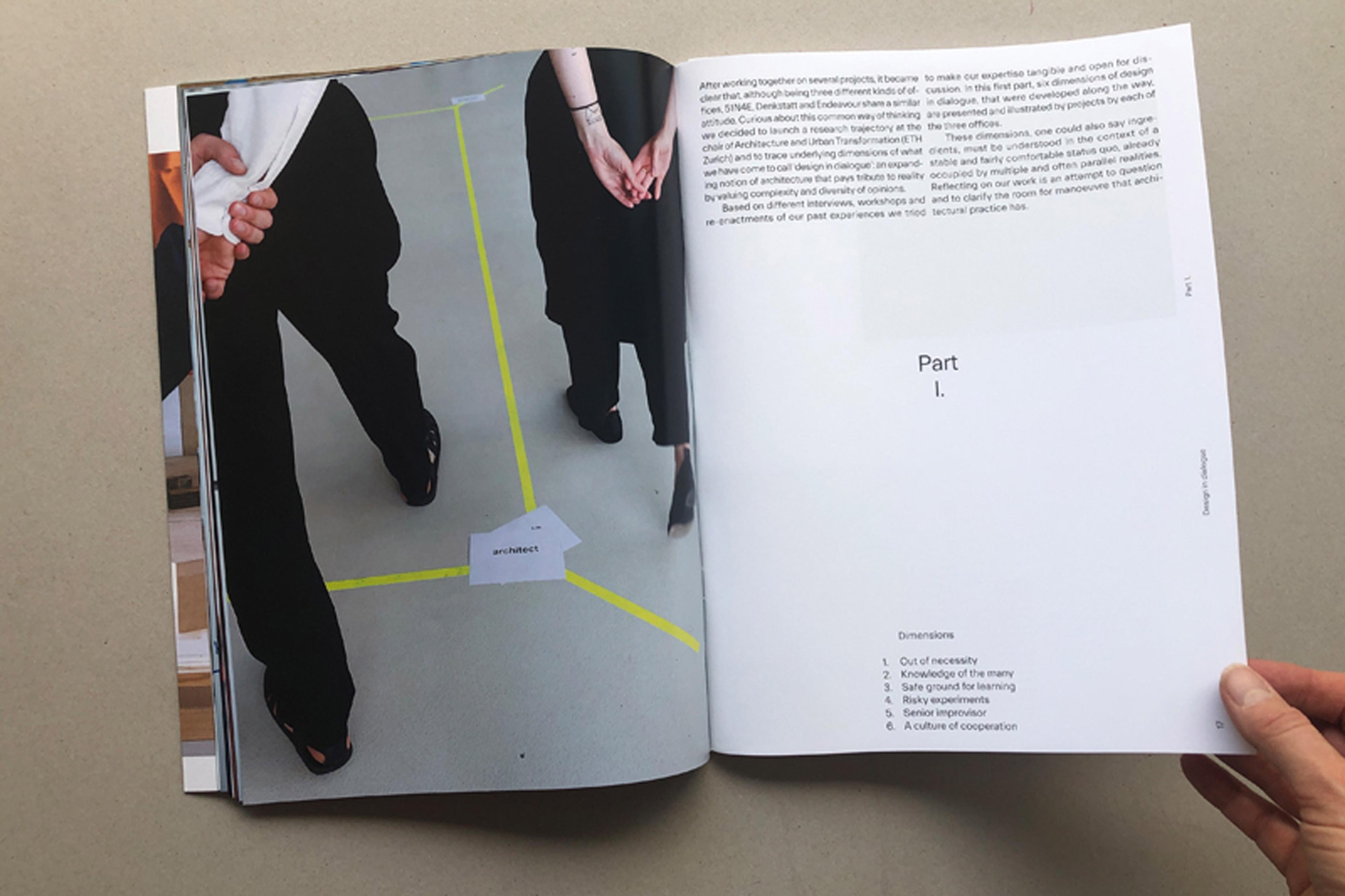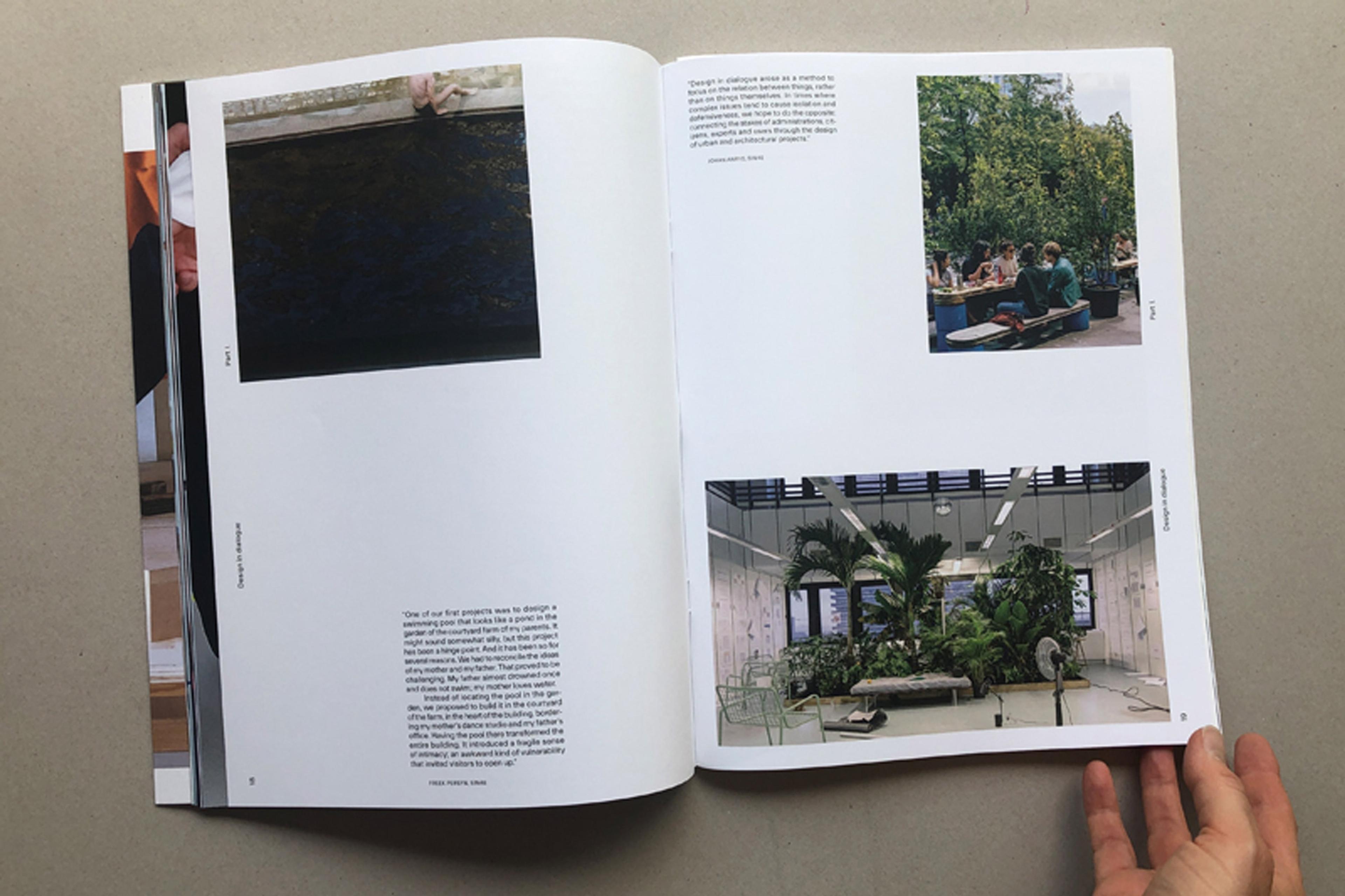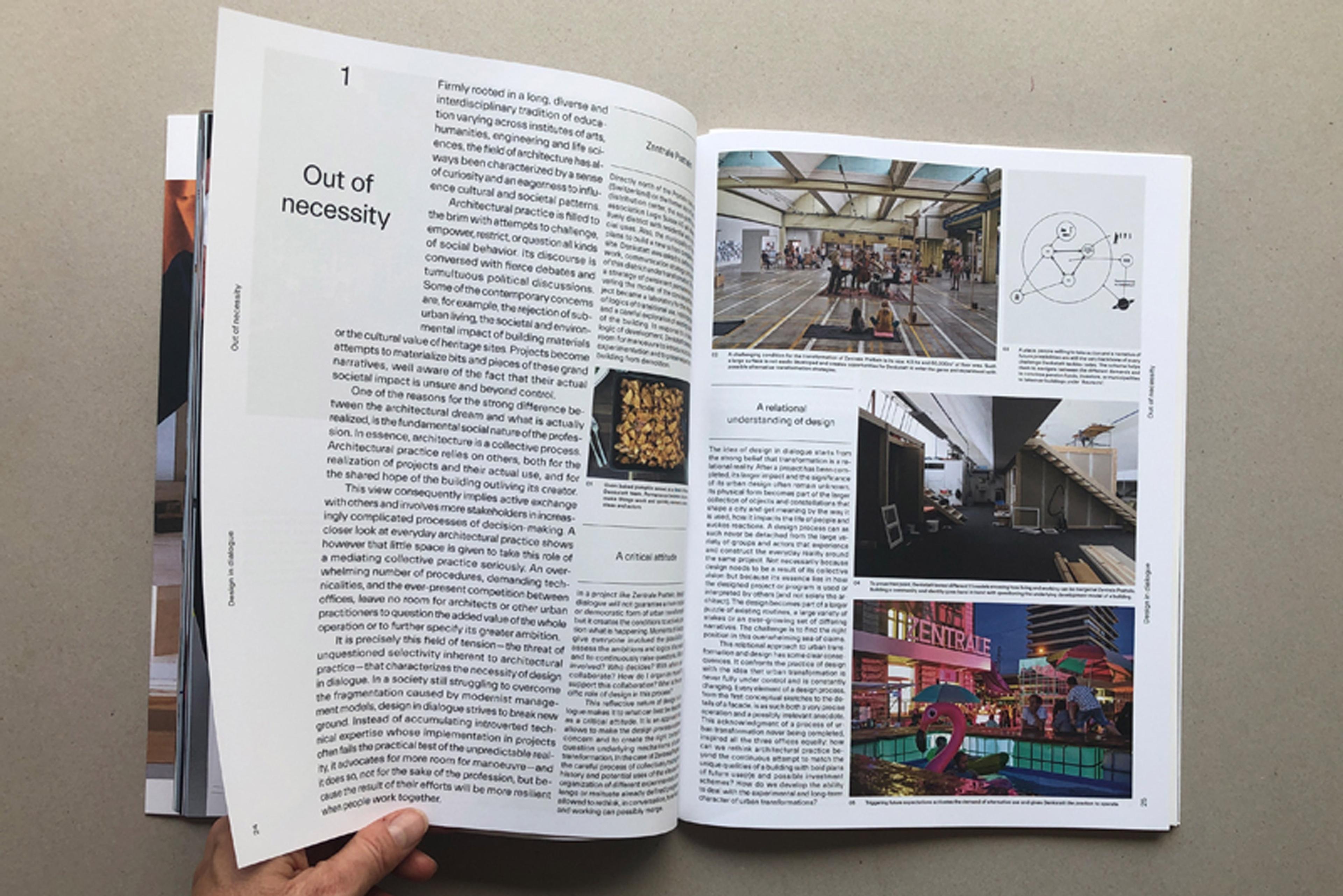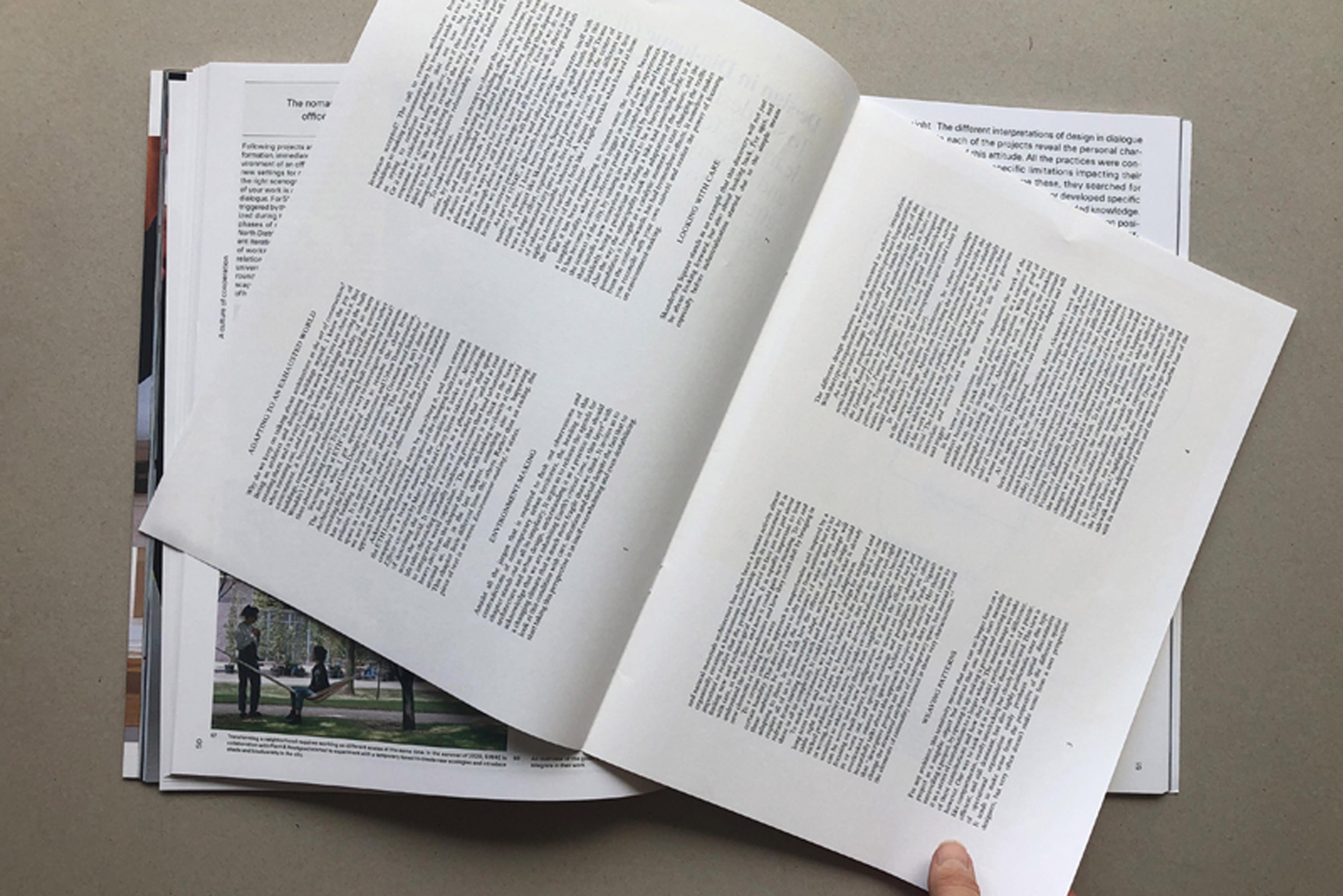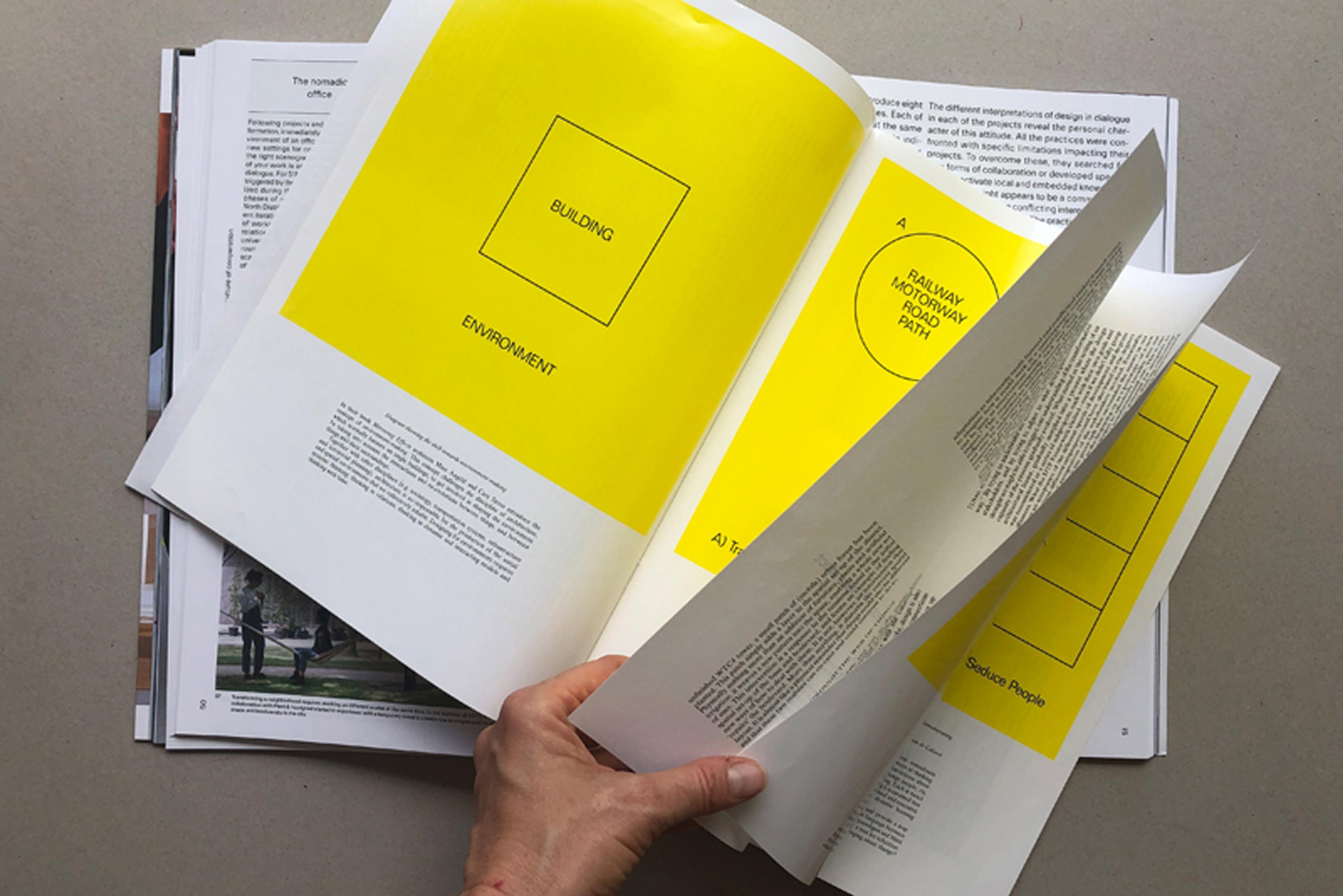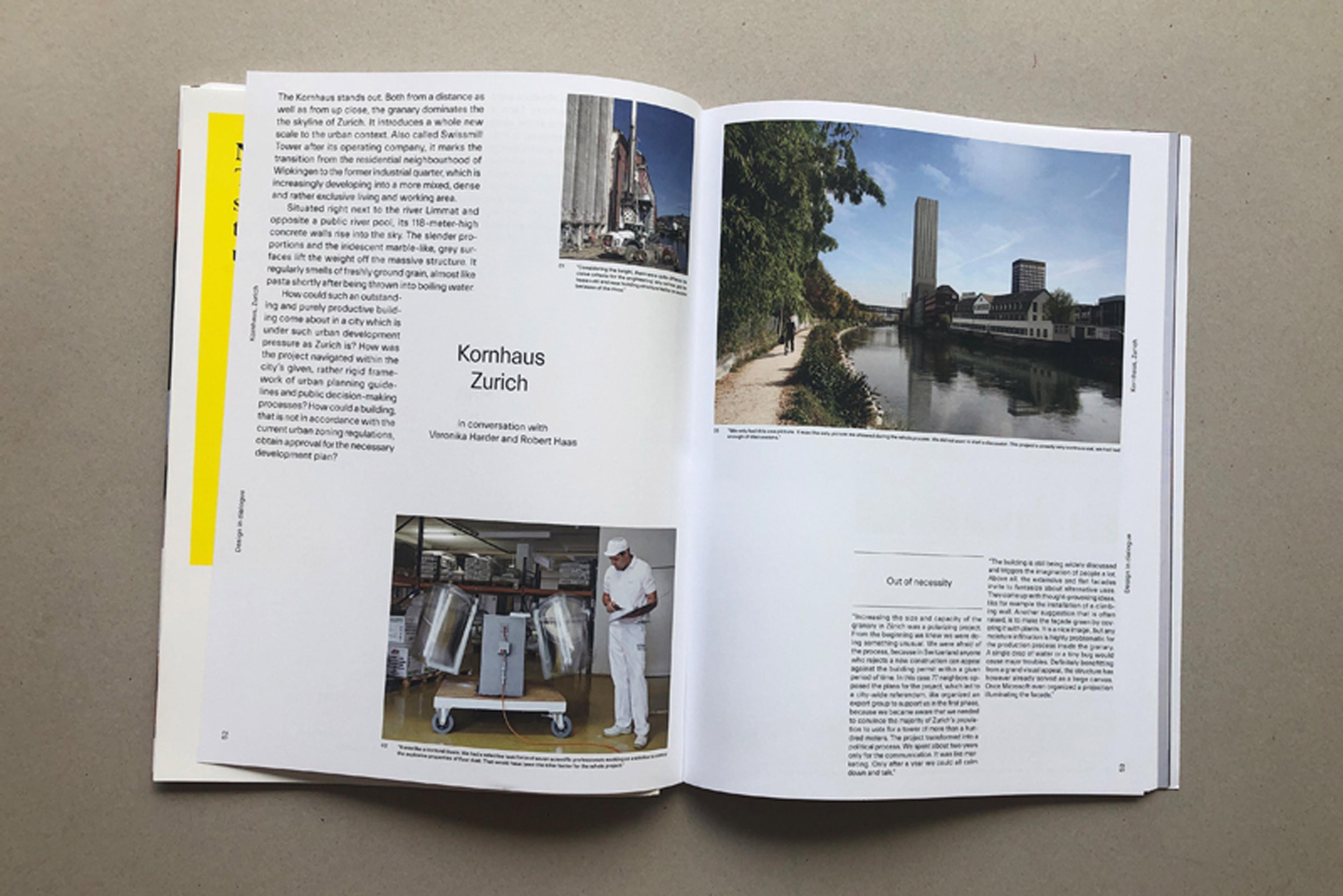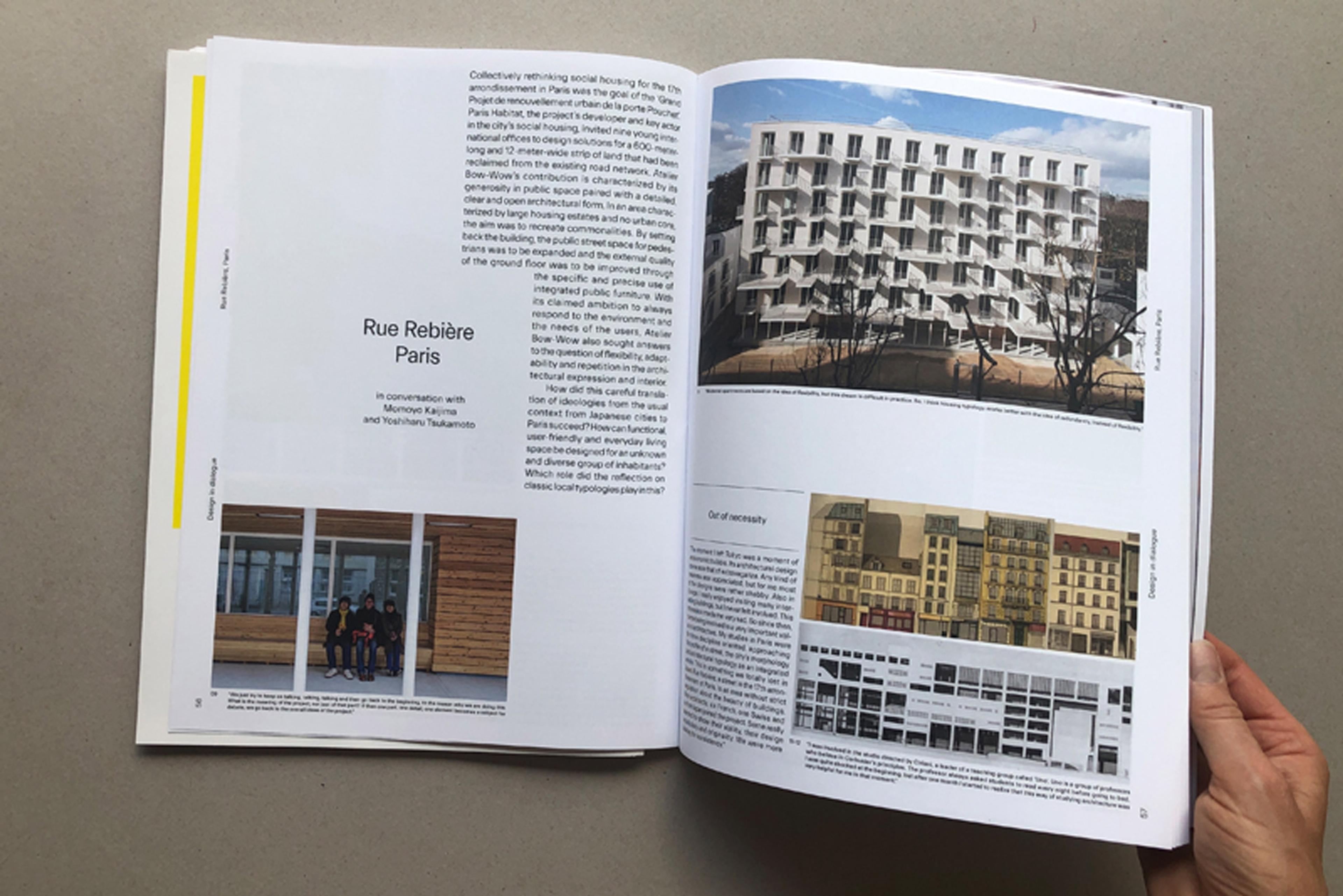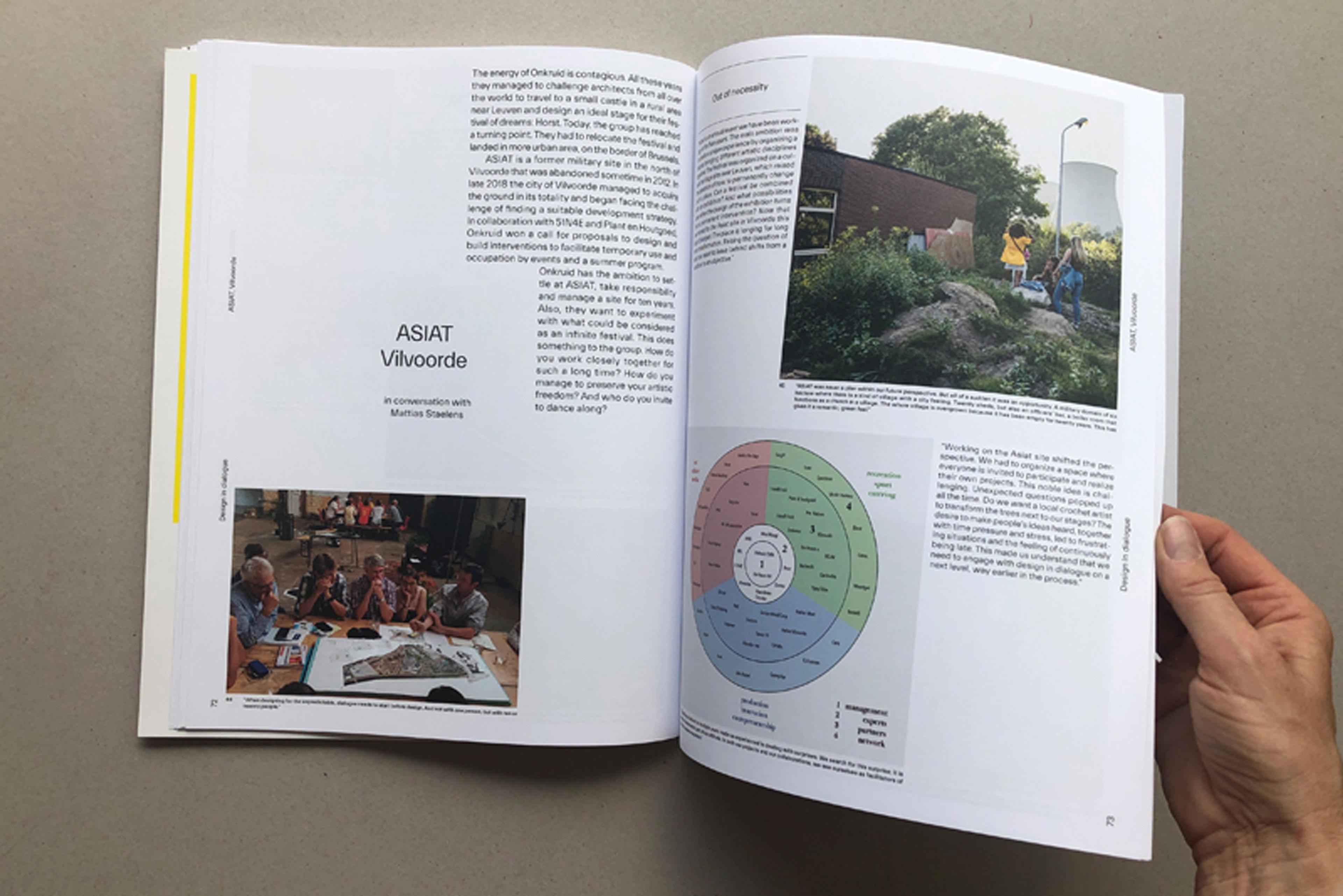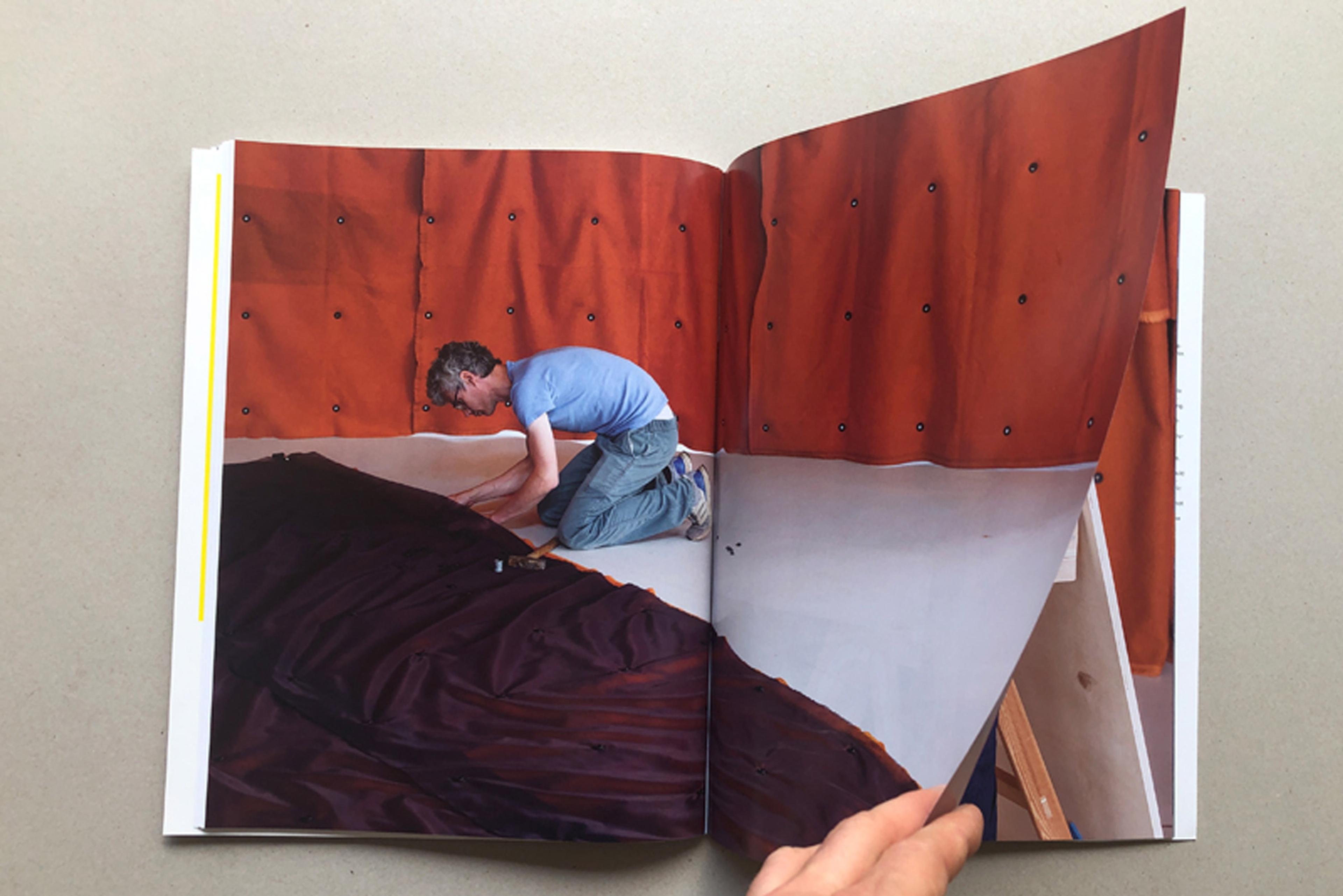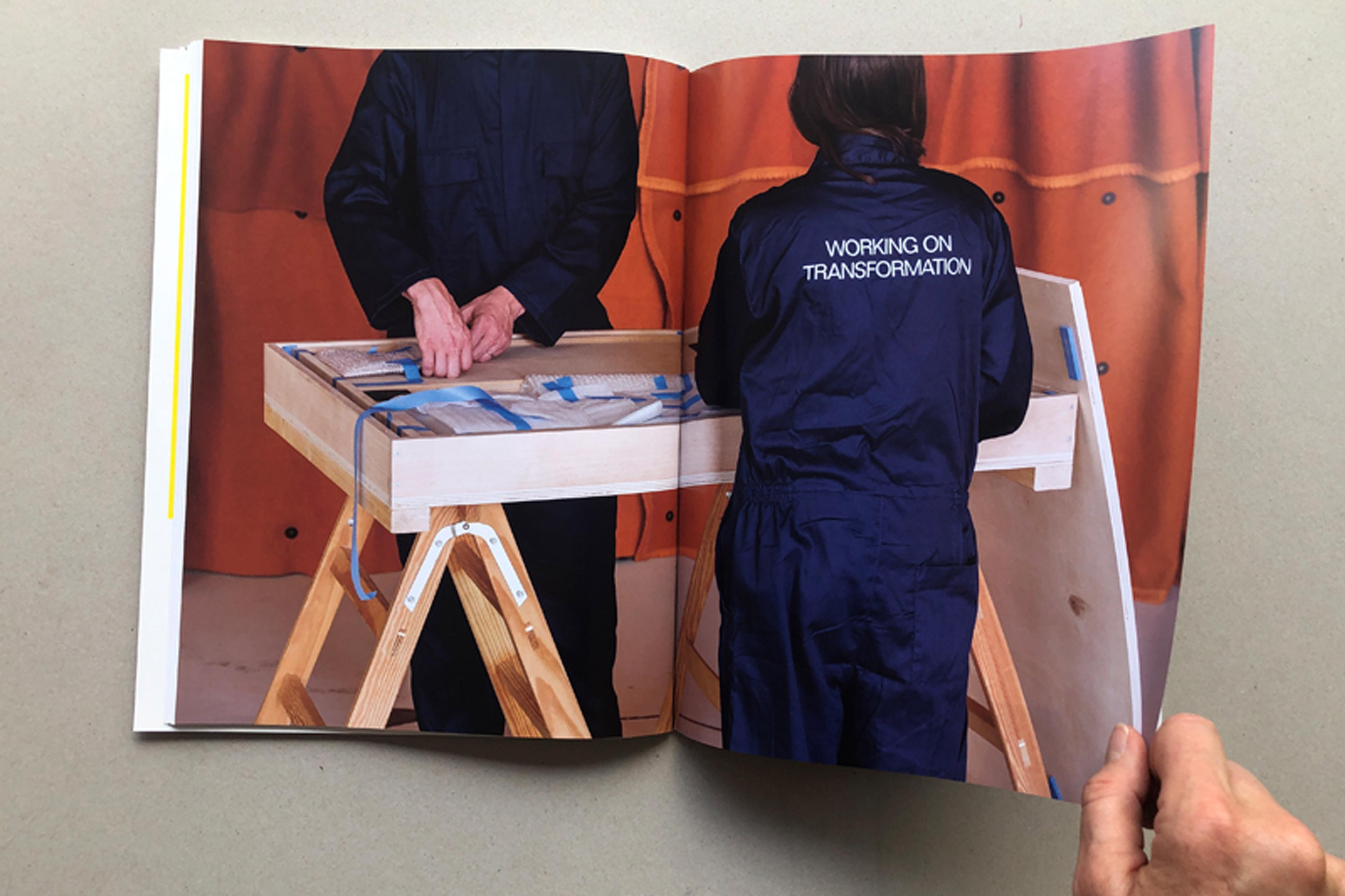Design in Dialogue
Published in Mai 2021, and edited by the NEWROPE Chair for Architecture and Urban Transformation, the book "Design in Dialogue" emphasises the inherent and nurturing role of openness and dialogue in design processes. The issue is the second volume in the “chapter” series, which started with an issue on Skanderberg Square by 51N4E. Co-written by Freek Persyn, Seppe de Blust and Charlotte Schaeben, the book shares moments of inspiring conversations between people, projects and ideas evolving around the approach of Design in Dialogue. The book is published by Ruby Press and available at our Chair at ONA in Zürich, in bookstores and via the Online shop.
About the book
In a world where many previous generations left their mark, architects cannot but engage with existing, already designed and inhabited buildings and environments. When they do so, the hidden reality of design in dialogue unveils itself as a fact. Design in dialogue acknowledges the fact that conflict and complexity are at the very heart of urban transformation. It is an attitude that creates new conditions and gives everybody the possibility to add, remove or change things. As an ongoing exploration that scans the boundaries of architectural practice, it challenges the self-image of architects and urban designers, which is often more concerned with autonomy and monologue than with openness and dialogue.
By exploring a representative sample of recent projects, this publication investigates the work of the Brussels based architectural office 51N4E, the Antwerp based office for socio-spatial innovation Endeavour and the Basel based office for urban transformation Denkstatt. Although they are radically different, each of them values design in dialogue. By analysing their work and probing for patterns, this publication offers a glimpse of the craft and organizational consequences that drive this design attitude.
In a second part the publication reveals the hidden presence of design in dialogue in a wide range of European architectural practices and projects. Reflecting on these projects allows us to identify and describe in which settings design in dialogue creates a productive momentum and means to activate the many potentials that are inherent and overseen in our daily reality. Design in dialogue is not presented as a new methodology to study — but as a liberating attitude to share, cherish and develop.
In collaboration with
In conversation with
– Veronika Harder and Robert Haas from hh+
– Momoyo Kaijima and Yoshiharu Tsukamoto from Atelier Bow-Wow
– Cristina Gamboa from LACOL
– Paola Viganò from Studio Paola Viganò
– Roger Tudó and Pere Buil from Equip 10+1
– Mattias Staelens from Onkruid
– Adam Caruso from Caruso St. John Architects
– Natassa Dourida from Communitism


